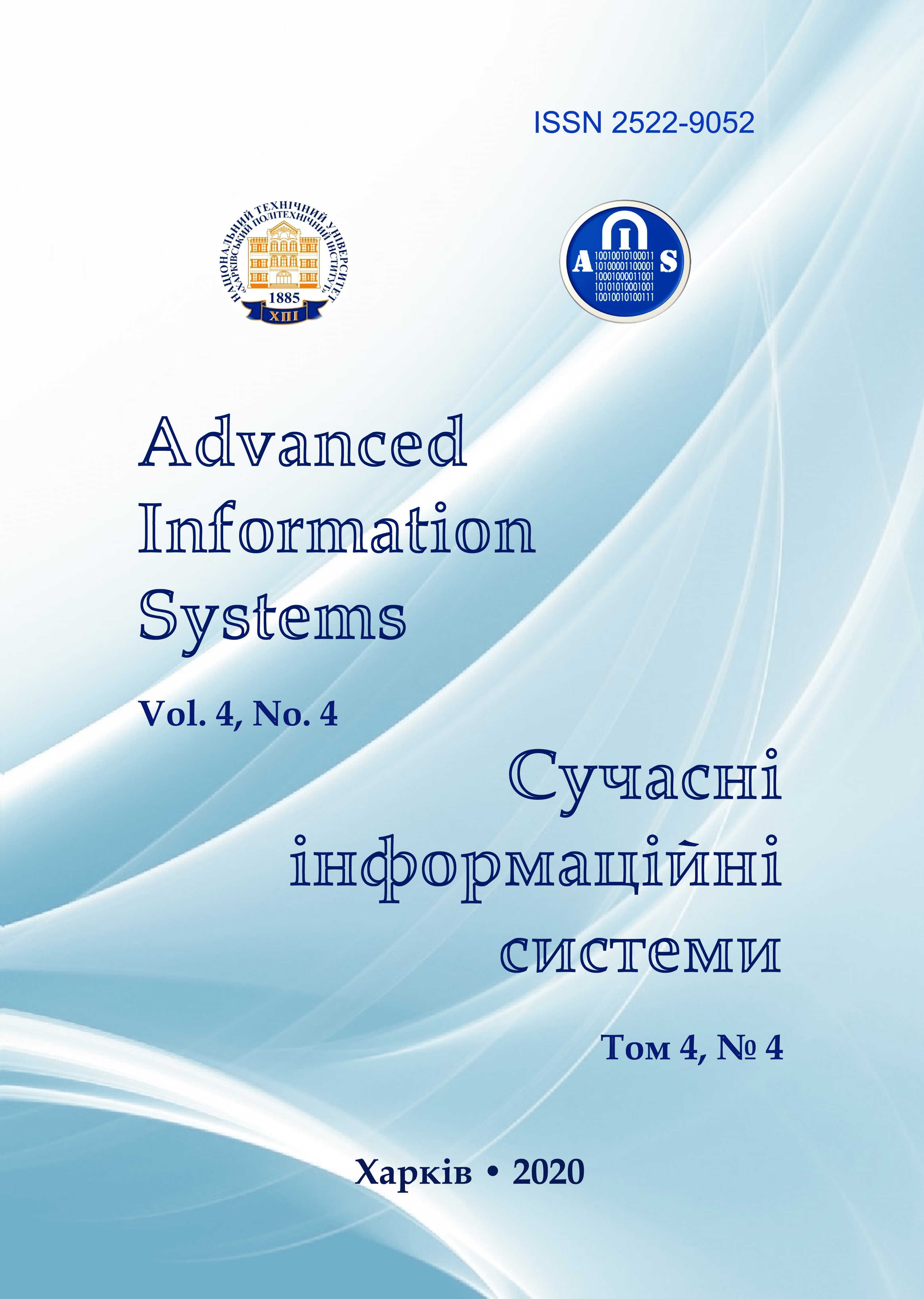Reliability assessment of "2oo3" and "1oo2" redundant structures taking into account the means of information processing and communications
Main Article Content
Abstract
The subject matter of the paper is the redundant structures of complex systems (RCS), in particular, safety control systems for nuclear power plants, power grids, aerospace systems, and other critical application complexes (CAP). The goal is to develop and study models of reliability (availability) of such RCS taking into account the means of information processing and communications of the CAP. The tasks to be solved are: 1) to form a set of RCS based on majority voting according to the "2oo3" principle and redundancy according to the "1oo2" principle of information and communication processing facilities with serial-parallel and bridge connections of elements; 2) to develop reliability block diagrams (RBD), mathematical (analytical) models of reliability of RCS with cascade redundancy "2oo3" and "1oo2"; 3) to study these models and determine the dependences of the probabilities of failure-free operation of various RCSs on time, the failure rates of information processing and communication facilities, voting elements, 1oo2 elements; 4) formulate recommendations for the selection of RCS types depending on the values of input parameters and requirements for systems. For this, the methods of set theory, probability theory, combinatorial analysis were used. The following results were obtained. A set of RCSs with various options for redundancy and connection of layers "2oo3" have been proposed. The corresponding RBDs and mathematical models of reliability have been developed and researched, and recommendations have been formulated for their use depending on the input parameters. Conclusions. The scientific novelty of the obtained models is as follows: they provide an analytical assessment for the RCS with various variants of the 2oo3 and 1oo2 cascades, taking into account the information processing and communication facilities of the CAP.
Article Details
References
Polovko A.M. (1964), Fundamentals of the theory of reliability, Nauka, Moscow, 448 p.
Daniel P., Siewiorek and Robert S., Swarz (1998), Reliable Computer Systems: Design and Evaluation, Peters Ltd, 932 p.
Martin L., Shooman (2002), Reliability of Computer Systems and Networks: Fault Tolerance, Analysis, and Design, John Wiley & Sons, Inc., 546 p.
Osmo, Siirto, Jukka, Vepsäläinen, Aki, Hämäläinen and Mika, Loukkalahti (2017), “Improving reliability by focusing on the quality and condition of medium voltage cables and cable accessories”, 24th International Conference on Electricity Distribution (CIRED), Glasgow, 12-15 June 2017, pp. 229-232.
Bruce, Broussard (2007), Specifying Cable System Reliability, Pure Power, June 2007, pp. 26-30.
Kharchenko, V.S., Lysenko, I.V., Sklyar, V.V. and Herasimenko O.D. (2005), “Safety and Reliability Assessment and Choice of the Redundant Structures of Control Safety Systems”, Proceedings of IEEE East-West Design & Test Workshop (EWDTW’05), Kharkiv National University of Radio Electronics, Kharkiv, pp. 212-218.
Babeshko, E., Kharchenko, V., Leontiiev, K., Ruchkov, E. and Sklyar V. (2018), “Reliability Assessment of Safety Critical System Considering Different Communication Architectures”, Proceedings of 2018 IEEE 9th International Conference on Dependable Systems, Services and Technologies, Kyiv, Ukraine, pp. 18-21.
Babeshko, E., Illiashenko, O., Kharchenko, V. and Ruchkov, E. (2020), “NPP Instrumentation and Control systems safety and reliability assessment considering different communication architectures”, Nuclear and Radiation Safety, 2 (86), pp.38-43.
(2017), Threats to Undersea Cable Communications, available at: https://www.dni.gov/files/PE/Documents/1---2017-AEP-Threats-to-Undersea-Cable-Communications.pdf
